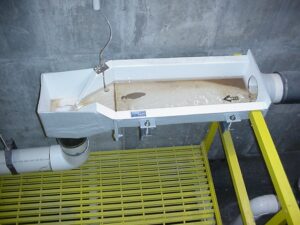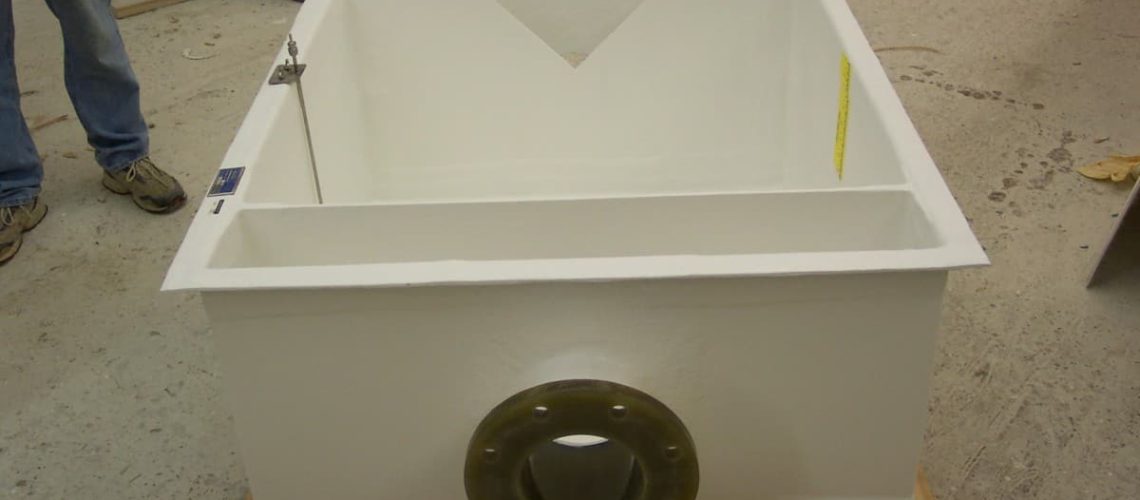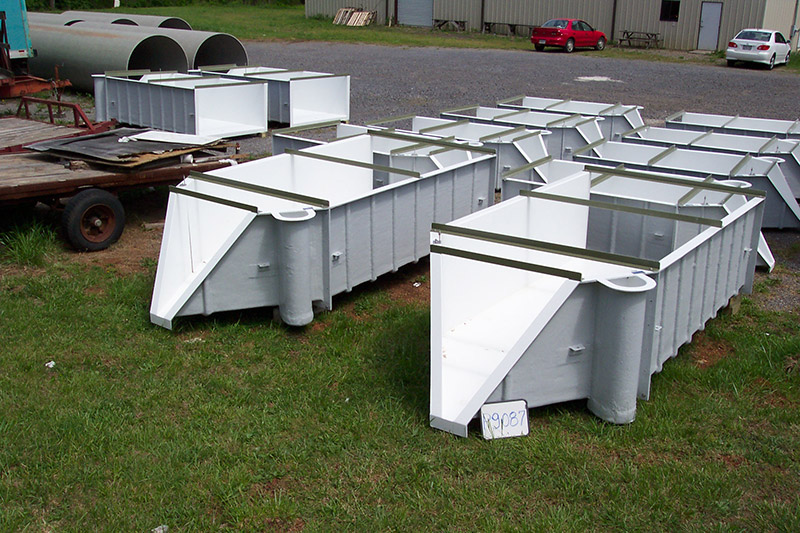Wastewater solutions come in many different forms, but you can only choose one for your flow channel. Both weirs and flumes have a lot to offer, and both come in a wide variety of styles suitable for unique situations. Learn everything you need to know about weir box options or flume styles, and discover what will best fit your flow rate measurement needs.
Layout of the Site
The first consideration when looking for a weir or flume is the layout of the site. You’ll need to opt for the flume or weir that best fits the site and is suggestive of the channel itself. For weirs, that means ensuring that there’s plenty of room for aeration to take place. Weirs also need upstream pools to create the proper approach conditions for the flow. Remember, the bigger the weir box itself is, the bigger the upstream pool needs to be.
When it comes to flumes, it’s generally best to pick a cross-section design most similar to the natural shape of the channel itself. There are all sorts of designs to choose from within three main categories: rectangular, trapezoidal and U-shaped. When you install flumes based on shape in relation to the channel, you’ll have an easier time with the installation process and subsequent maintenance, and you can count on more accurate flow rate measurements.
Flow Composition
While flow composition matters more for flumes than weirs in general, it’s still an important consideration no matter which direction you’re leaning. Not all flows are simply just water. Many have other debris and sediment in them as well, and that all has to be considered for the longevity of your wastewater flow measurement device. For example, a V-notch weir tends to not do as well when dealing with a lot of sediment, unless you have plenty of time to perform regular maintenance.

On the other hand, fiberglass flumes don’t really have much issue dealing with solids or sediments in flows. While they’re all generally better than weirs in this situation, some flumes deal with sediments better. Flumes with flat floors will require a lot less maintenance to deal with sediments compared to flumes with elevated throats.
Flow Range
While a weir box or flume may be perfectly suited for a certain kind of flow, not every flow channel deals with the same conditions at all times. There are variations to take into account. Each variation will still need to be measured properly, so you may need to opt for extensive flow conditioning in addition to choosing the right wastewater measurement device.
It’s important to recognize that weir boxes tend to not have extensive flow range capabilities compared with flumes. While weirs are generally more accurate in their measurements, they aren’t as universally applicable to flow channel conditions as flumes are. Meanwhile, flumes can handle quite a bit of variation. There are still certain styles that are better suited for higher- or lower-range flows, but the range is generally higher.
Flumes and Weirs From Tracom
Finding the right weir or flume style is easy when you work with Tracom. Our team is happy to help you create a custom-designed device specially fit for your flow channel conditions. Contact us today to get started!




